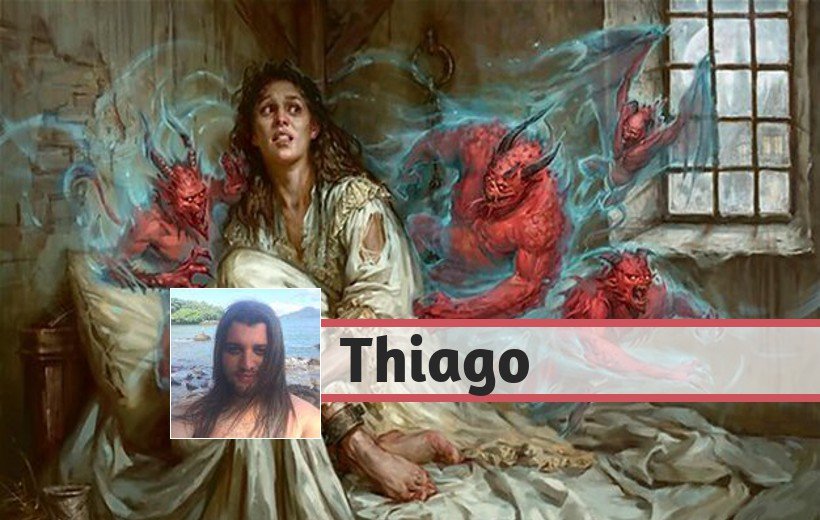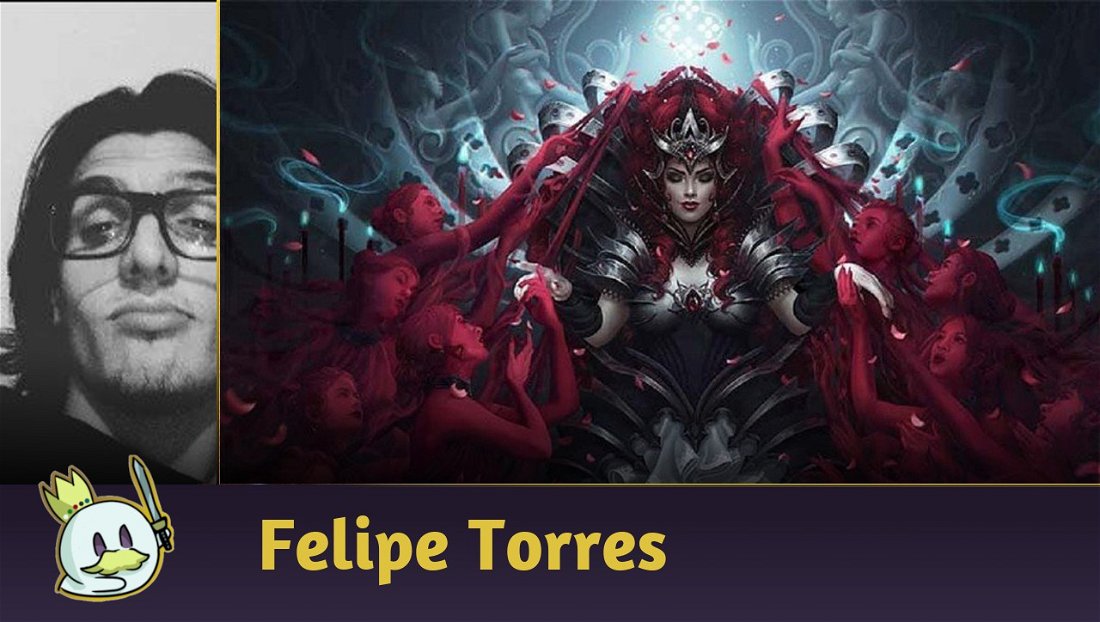Hey everyone!
Let's talk today about the mechanics which comes with the next set, Innistrad: Vote Crimson! Next week, it will be available on online platforms as well as physically at pre-relase events. So let's get to know and get acquainted with the news!
Returning Mechanics
Let's briefly talk about the two mechanics already brought up in the previous set, Midnight Hunt: “Daybound/Nightbound” and “Disturb”. Here is the link to the article with Midnight Hunt rulings, in which I explained how they work. There have been no rules or feature changes in Crimson Vow regarding these mechanics, so rest assured that the previous article is still fresh!
Ad

Another returning mechanic is Exploit.
Basically, “Exploit” indicates an ability when the creature enters the battlefield (no matter where it came from, or whether it was put or cast, etc.). You may sacrifice a creature you control (including the creature itself) and thereby gain some effect — for example, the Mindleech Ghoul above, which exiles a card from each opponent's hand.
Now let's get to know the new mechanics:
Training
This is the “humans” mechanic in the set, and it's pretty simple: if the Training creature is attacking along with a higher-powered creature when it's declared attacker, the ability triggers and on resolving, you put a +1/+1 counter on the creature with Training. And that's it!
What to Remember: Once the ability has triggered (that is, you've effectively declared your attackers), it doesn't matter anymore to change the creatures' power or even somehow destroy/remove the creature with greater power — Training will put the +1/+1 counter regardless. So if you're up against someone using Training creatures, stay tuned and use your removals at the right time!
Blood

The Vampire mechanic in the set is very appropriate: a new token type, called “Blood,” whose effect is to pay 1 mana, tap, discard a card, and sacrifice the token to draw 1 card. In short, it makes you “cycle” a card from your hand for 1 generic mana.
In addition to being artifacts, that is, interacting with cards that care about the number of artifacts on the board (hi, Affinity!), several cards in the set interact with the activation/sacrifice of Blood tokens, for example the Gluttonous Guest above. Each time you sacrifice a Blood token, you gain 1 life. Keep an eye out for these interactions when looking at the new cards!
An important note: it has already been anticipated that there will be a change to the rule regarding the name of tokens, which will be called "NAME token" when created.
In practice, this basically prevents you from using cards like Pithing Needle to name “Blood”, “Clue”, “Treasure”, etc., and thus prevent the activated effects of these tokens.
Instead, you'd have to name the exact token name, such as "Blood Token" or "Clue Token".
Cleave

The last new mechanic, Cleave, causes some words in spell text to be “removed” when you pay the alternate cost. That is, a card like "Wash Away", for a cost of U, will have the effect: "counter target spell that wasn't cast from its controller's hand". However, if you pay the 1UU cost, the effect will then be “counter target spell”, ignoring the text in square brackets.
What to Remember: Paying the alternate cost doesn't change the spell's original characteristics, such as mana value or color. Wash Away, for example, even if you cast it with Cleave, it's still a spell with a Mana Value of 1 — if there's a Chalice of the Void for 1 on the board, it'll be countered. Another spell revealed, Dig Up, has a Cleave cost mixing green and black mana, but the original spell is only green—cards that interact with black spells won't affect it.
Ad
Conclusion
And so, we come to the end of another article!
I hope I've helped you introduce the new mechanics and reminisce about the old ones, and also helped you prepare more for the pre-release events — whether online or on tabletop, always with all the necessary care.
See you next time!









— Comentarios0
Se el primero en comentar